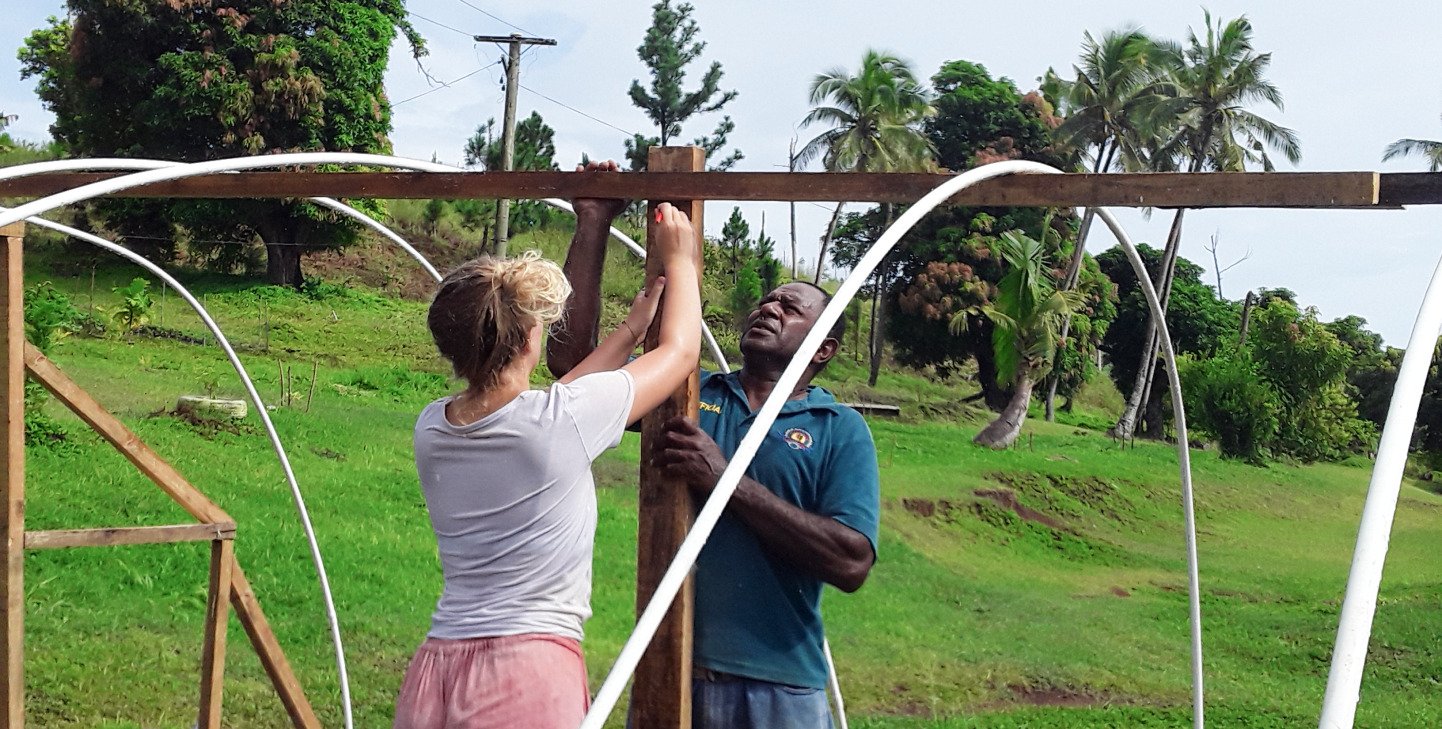The cities of the world serve as platforms for exchanging and displaying ideas, cultures, social interaction, development, and economic productivity.
While the development of urban activities is essential for a country’s growth and prosperity, it is also important that it happens without depleting or damaging our resources.
Cities face the challenges of overpopulation, lack of housing, insufficient infrastructure, and pollution due to industrial activities. Over 3.5 billion people in the world live in cities. These growing numbers place pressure on health services, fresh water supplies, and infrastructure.
Although cities only form about 3% of the earth’s land surface, they utilize about 60 – 80% of the world’s energy consumption. On a positive note, well-managed cities can provide us with more efficiency and technological growth to minimize the use of resource and energy.
The upgrading of slums by providing safe and affordable housing and basic services is what SDG11 strives to achieve by 2030.
Creating affordable, safe, and sustainable transport systems, especially for children, women and individuals with disabilities, is another aim of this SDG. The progress within cities should not be at the expense of the world’s natural and cultural heritage, rather to enhance and protect it, hence why SDG 11 will focus on the management of waste and general pollution to reduce cities’ environmental impact and make them safe, green spaces.


